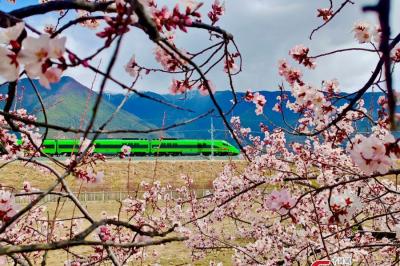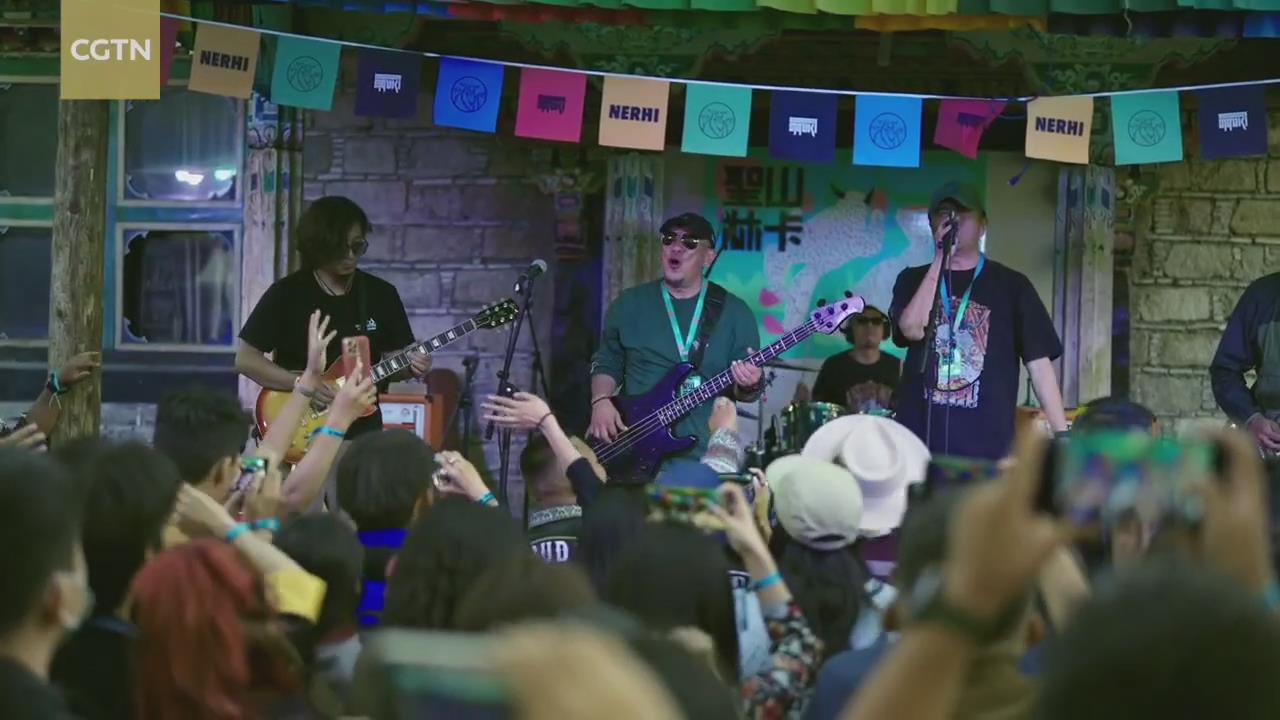LHASA, Mar. 29, 2018 -- Two hours of drive southeast from Lhasa, capital of Tibet Autonomous Region, brings one to Khesum village, situated amongst the mountainous landscape along the Yarlung River valley. Small as the village is, with a population of just 700, Khesum was the starting point of sweeping democratic reform in 1959, which ended feudal serfdom under theocracy and began a new chapter for the plateau region in southwest China. On June 6, 1959, 302 serfs in the village, clad in rags, elected the preparatory committee for the first association of peasants in Tibet. The day marked the beginning of community-level democracy in Tibet. Serfs' Emancipation Day is celebrated in Tibet on Wednesday. During the reform, more than one million people, or 90 percent of the region's population at that time, were emancipated from the feudal serf system in 1959. In Khesum, there are about 100 elderly villagers who lived through the reform period and all of them had been serfs. The dark pages of history have turned, but they should never be forgotten, the elderly villagers said. Sonam Dondrup was a serf until the age of 16, and his memories of the old days have barely faded. "I got up before the sunrise to work in the fields. I could never be late. If I was late, I would be whipped," he said. "After the landowners ran away, no one had any idea what the future would bring. It was not until my family burnt the land contract and the debt papers that the idea of liberation finally sank in," the now 75-year-old man said. Sonam Dondrup now lives in peaceful retirement. Every morning, he takes his great-grandson to kindergarten and then goes to the nearby Changzhu Monastery to pray. Penpa Tsering, Communist Party secretary of the village, said Khesum is one of the most developed villages under the jurisdiction of Changzhu Township in the city of Shannan. It has 55 students attending the local kindergarten and school. Over half of the families have cars. Per capita annual income in 2017 was around 17,000 yuan (about 2,700 U.S. dollars). No one lives under poverty line. |
- Home
- News Tibet |Exclusive |China |World |Related News |Latest
- Documents White Papers |Others
- Photo Politics |Economy & Society |Culture & Religion |Human & Nature |Beautiful Tibet |Other Tibetan-Inhabited Area |Exchanges |Related
- Video News |Documentary |Micro-Video |Entertainment
- Art
- Tourism
- In Focus
- About Tibet






